by Thomas Götz - Spanish Wine Certified Educator
.png.transform/rendition-xs/image_image%20(1).png)

by Thomas Götz - Spanish Wine Certified Educator
Village wines have shaped the image and identity of the world's grand wine regions. In Spain, the movement is young by comparison, but all the more dynamic
Spain does not only have more land under vine than any other country in the world, it is also one of the most geographically diverse. Vines grow on the Atlantic and Mediterranean coasts, on plateaus, mountains and islands, in desert-like areas and in lush green regions with twice the rainfall of London. There is also a fascinating variety of soils. In other words, Spain is a paradise for terroir-driven wines, which are all about capturing a particular landscape in the bottle.
It is therefore surprising that most consumers associate Spain primarily with wines whose style is defined by the method of production, such as the ageing categories of Crianza, Reserva and Gran Reserva. This is because, in the past, most Spanish producers have shown little interest in expressing small-scale terroirs.
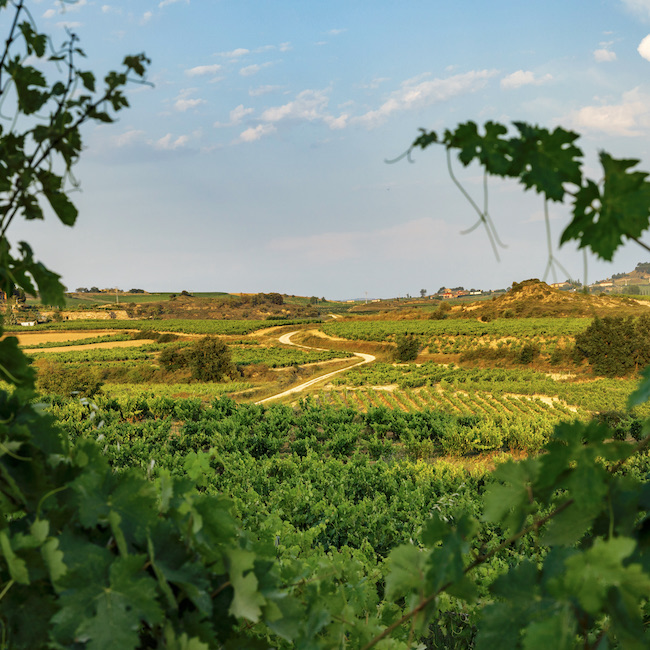
The shades of Rioja Alavesa
"If you want to articulate terroir and diversity, the first step is to make village wines," says Andreas Kubach MW of Bodegas Bideona. Kubach and his team produce red wines from seven villages in Rioja Alavesa, all vinified in a combination of stainless steel, concrete and oak. "The distinctions do not come from the winemaking," says Kubach. Instead, it is the terroir that makes the difference.
For Kubach, the personality of Rioja Alavesa's village wines is determined by the altitude of the vineyards and their proximity to the Ebro River and the Sierra Cantabria mountain range. Bideona's red from the village of Laguardia, for example, comes from several vineyards close to the Ebro at an altitude of around 400 metres. In the river valley, the Mediterranean influence is stronger, and "this wine is always more elegant, floral and accessible," says Kubach.
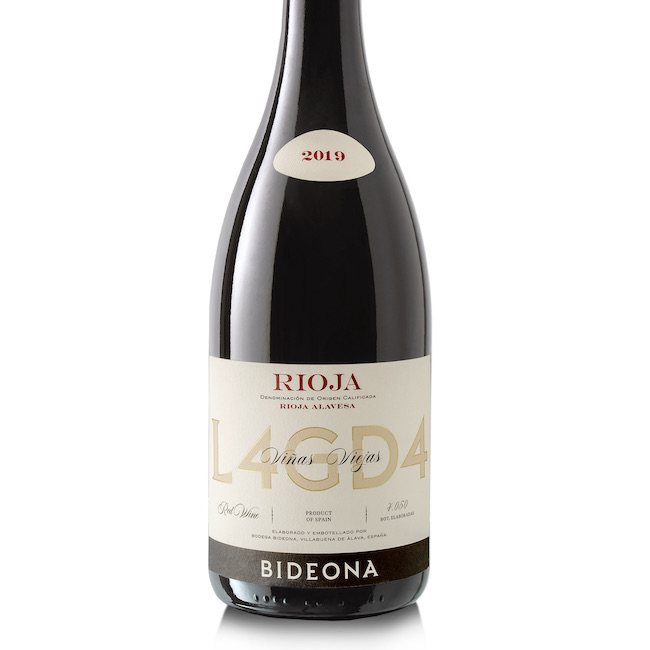
The greatest contrast is found in the plots harvested up to six weeks later in the municipality of Leza. These vineyards are located at the foot of the Sierra Cantabria, at an altitude of 650 metres. Here the climate is rougher and the Tempranillo grapes have thicker skins. "As a result, the wine has more density, muscular tannins and a darker fruit profile," says Kubach. Other interesting producers exploring the distinctive character of Rioja's villages include Bodegas Tierra in Labastida, Bodegas Moraza in San Vicente de la Sonsierra and Bodegas Bhilar in Elvillar.
Pioneering Priorat
Village wines reveal the potential and diversity of a wine region. For centuries, they have defined the identity of famous wine regions in countries such as France. In Spain, the movement is comparatively young, but it has finally taken off: In 2007, the Priorat DOCa became the first Spanish appellation to introduce a village wine category, which ten years later became part of a vineyard classification modelled on Burgundy.
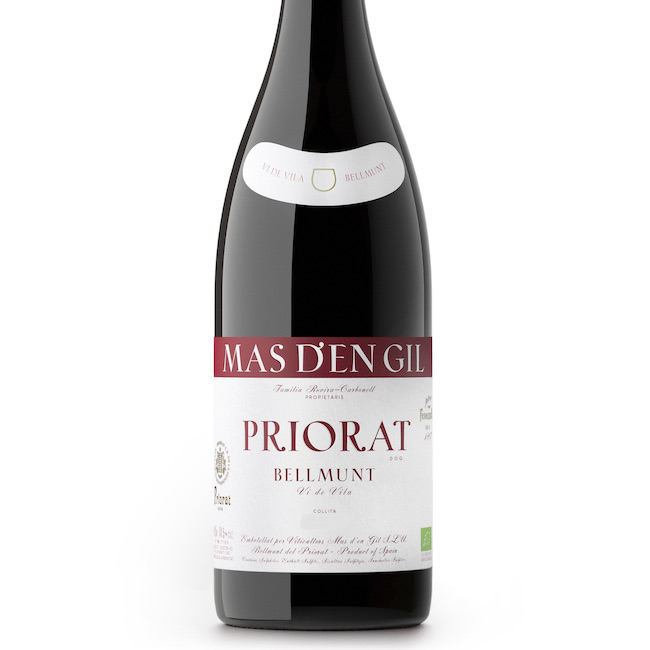
In Bellmunt del Priorat, Marta Rovira makes a red and a white village wine at Bodegas Mas d'en Gil. "Bellmunt is geographically exposed and one of the windiest villages in the Priorat, strongly influenced by the Mediterranean and northeast winds," says Rovira. She adds: "This makes the area ideal for Garnacha, which is particularly fond of these refreshing breezes".
Accordingly, Mas d'en Gil's red village wine contains 70% Garnacha, with the grapes coming from 8 vineyards. "The typical wines from Bellmunt have more floral aromas," says Rovira, "especially when compared to those from villages such as Porrera, where the Cariñena variety predominates, producing more tannic and concentrated wines“.
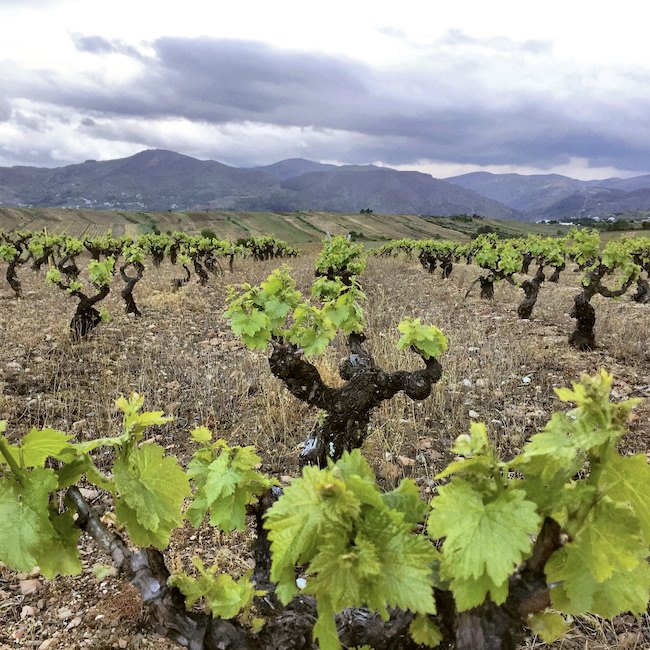
Bierzo, Gredos, everywhere — still so much to explore
Like Priorat, the Bierzo DO has adopted a Burgundian-style classification. In this Atlantic-influenced region, José Antonio García cultivates 24 hectares with an average vine age of over 80 years. His village wines, Valtuille de Abajo and Corullón, come from many small plots and are both a blend of 85% Mencía and other indigenous varieties.
García's winemaking is based on minimal intervention, as nothing should mask the character of the terroir. In Valtuille de Abajo, his vineyards extend over clay and sandy soils at an altitude of 500 to 550 metres. "This wine tends to be rounder, with sweeter tannins and red fruit aromas," he says.
In contrast, the village of Corullón, just five kilometres away, offers a more elevated landscape, with vines growing on steep mountain slopes and slate soils at altitudes of up to 980 metres. "In Corullón, the grapes are harvested 25 days later and the wine is fresher and more earthy," says Garcia. He clearly recognizes that the differences in altitude, orography and soil of these neighbouring villages affect the profile of the wines.
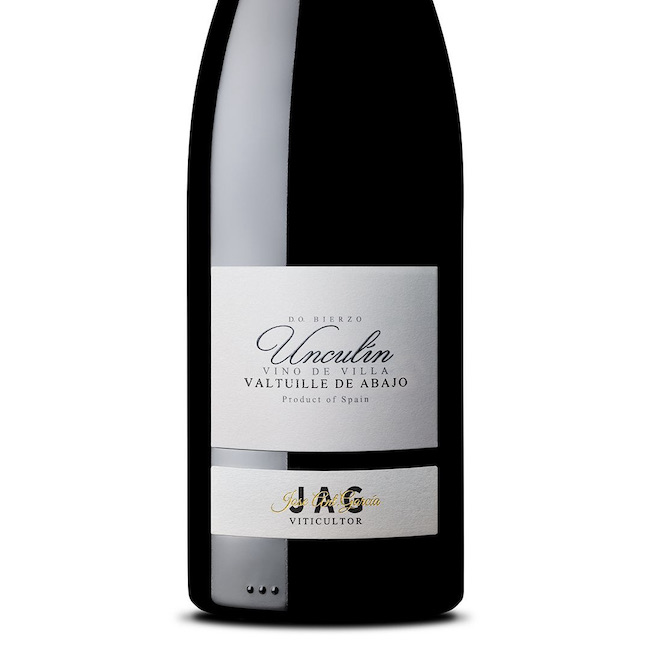
With this approach, the Bierzo vigneron is part of a dynamic movement: Exploring micro-terroirs such as villages and single-vineyards and translating them into wine is the spirit of what critics and journalists have named 'New Spain'. This spirit can be found throughout the country - in the Gredos mountains, along the Ebro and Duero rivers and in Galicia. The good news is that we have only tasted the tip of the iceberg. Spain has only shown a small part of its potential. There is much more to come...